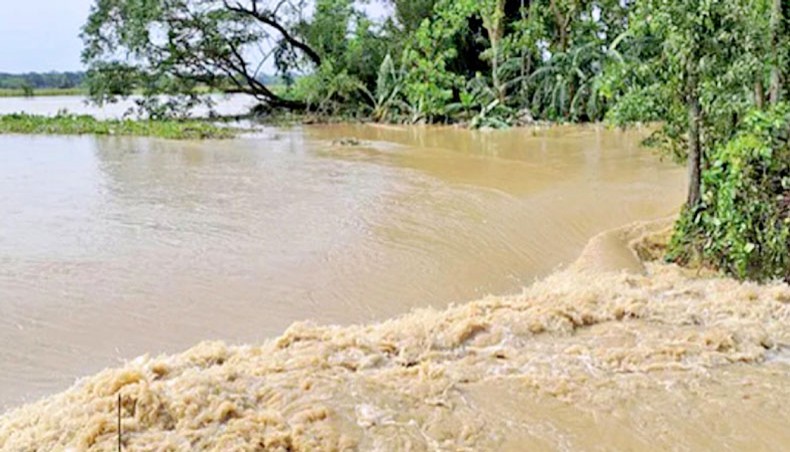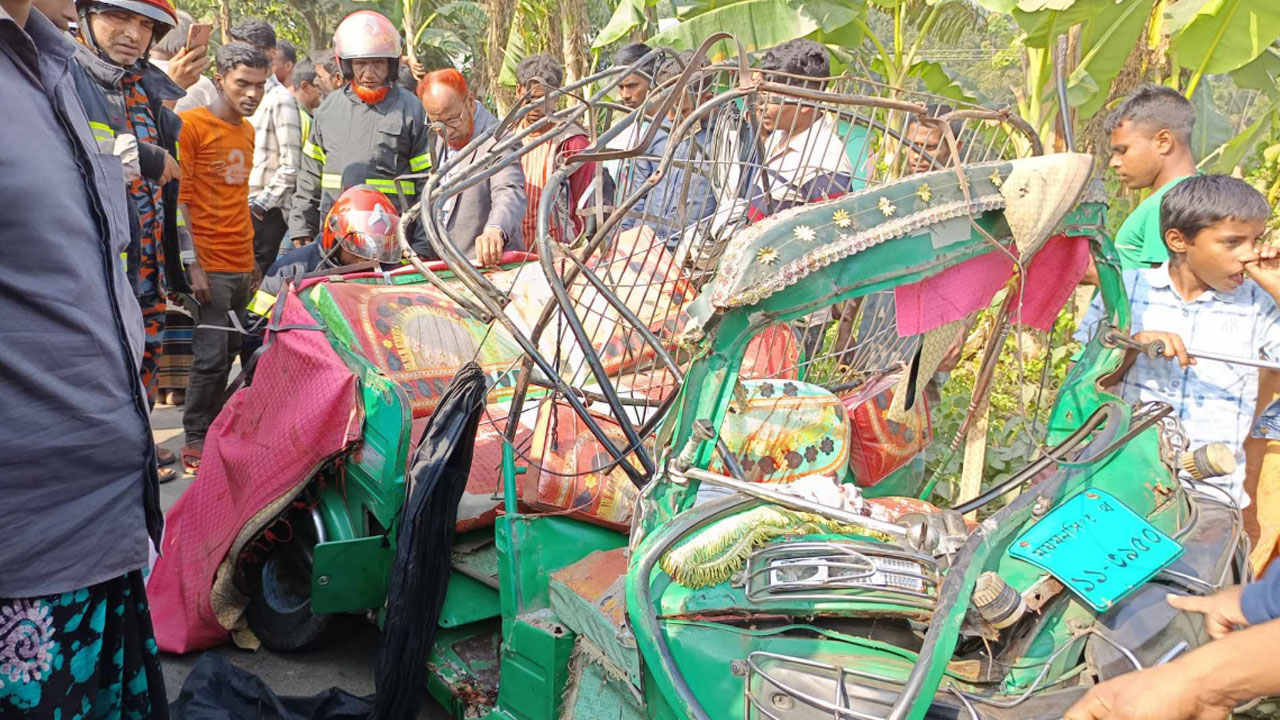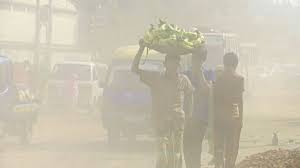Three back-to-back flash floods since April hit crops worth over Tk 11.13 billion in Sylhet division alone affecting 4,29,401 farmers, according to a government estimate.
Over half of the affected farmers lived in Sylhet and Sunamganj districts bearing the worst brunt of floods that washed away their houses, stored foods alongside damaging crops in fields.
The damage may lead the division’s crop production to drop by 2 lakh tonnes, mainly the production of rice, as per the official estimate.
Overall flash floods submerged 1,07, 785.5 hectares of cropland in three phases out of total 6,93,016 hectares, damaging crops cultivated on 88,266 hectares of land.
The divisional office of the Department of Agricultural Extension came up with the preliminary estimate of losses, with a vast swathe of the division still remaining under water.
The first wave of the flash floods came in the first week of April and submerged thousands of hectares of standing boro crops, which were half-ripe, after washing away many flood protection embankments.
Many boro fields were not yet harvested when the second wave of flash floods hit in the middle of May affecting boro on 9,034 hectares of land and severely damaging aush seed beds.
The destruction of seed beds caused a huge seed crisis for aush cultivation which the government could not help much eventually resulting in the missing of aush cultivation target by 28 per cent, the official estimate showed.
Though the overall failure in achieving the aush cultivation target stood at 28 per cent, it was 47 per cent in Sunamganj and Sylhet.
The third wave of flash floods washed away 63 per cent of this remaining aush rice fields in Sylhet and Sunamganj and caused extensive damage to aman seed beds in Sylhet region.
‘A vast swathe of agricultural land is still submerged and likely to keep farmers off their fields for many days,’ said Jewel Ahmed, a resident in Govindaganj, Chhatak.
Jewel lost 60 maunds of his stored rice in the third wave of flooding when his granary went under 4.5 feet of water in less than 24 hours and remained submerged in that way for a week.
Jewel saved only 5 kilogrammes of rice after water receded but lost aman that he cultivated in 12 bighas of land.
DAE additional director Musharraf Hussain Khan said that floods destroyed aush crop worth Tk 561.85 crore, aush seed bed worth Tk 10.19 crore, boro rice worth Tk 115.81 crore, aman worth Tk 57.34 crore, vegetable worth Tk 367.76 crore and nuts worth Tk 88.56 lakh.
The estimate on aman loss is not complete.
The government does not seem to have a plan to help these affected farmers except for giving a handful of free seeds and fertilizer.
Bimol Chandra Shome, district agriculture officer, DAE, said that they prepared a list of 7,570 farmers for helping with 5kgs of seeds and 20kgs of fertilizer for growing aman paddy.
The district office, however, knows that at least 2 lakh farmers lost their stored food in the latest wave of flooding but did not have any plan to help them.
‘Only god knows how we are going to survive this time,’ said Abdus Samad, a resident in Farhadpur, Biswanath upazila, who lost aman on 10 bighas of land to the third wave of flooding.
Some farmers are looking to the recession of flood water for cultivating short-duration rice variety but are uncertain whether they would get the chance because of rivers draining slowly.
The Surma and the Kushiyara flowed above their danger marks at three points in Sylhet.
The Kushiyara and the Sumra flowed 66cm and 34cm above their danger marks at Amalshid and at Kanaighat respectively, and 12cm above the danger mark at Sheola till 9:00am on Wednesday.
The Khowai was swelling amid a heavy rainfall in the north-eastern haor region and upstream.
Rivers in the north-eastern region may swell over the next few days because of heavy rain upstream.
In the 24 hours till 9:00am Bangladesh time, the India Meteorological Department reported that Tripura received 26 per cent excess rain compared to what was normal while Mizoram witnessed 67 per cent above-normal rain.
In the 24 hours till 9:00am, the Flood Forecasting and Warning Centre said that the country’s highest rainfall of 130mm was recorded at Sheola, followed by 125mm rain in Chhatak, 98mm in Sylhet, 92mm in Lalakhal, 85mm in Kanaighat and 95mm in Brahmanbaria.
While urging the government to remove infrastructure from river basins and to promote nature-based solutions, climate experts called for steps to introduce weather insurance for farmers and ease their access to credit with soft loans to tackle disasters.
Experts also called for increased investment in research for developing short-duration and stress-tolerant crop varieties, for they predicted future farming to be far more complicated if the globe was warmed by 2 or 3 Celsius.
They said that frequent disasters will almost certainly increase inequality as the poorest people will be worst affected.
The 6th Assessment Report of Intergovernmental Panel on Climate Change has already warned that the global GDP losses due to adverse impacts of human-induced climate change will be very severe.
Considered the worst in decades, the latest deluge in June officially affected nearly 50 lakh people in the north-eastern haor region. Tens of thousands are still stuck in flood shelters in Sylhet.
The deluge also left the agricultural value chain in a mess by damaging almost all country roads and many metalled ones and highways.
Agriculture is the economic lifeline of the haor region.










